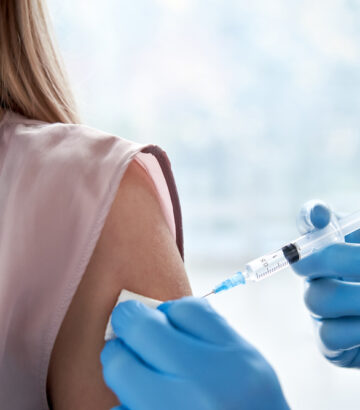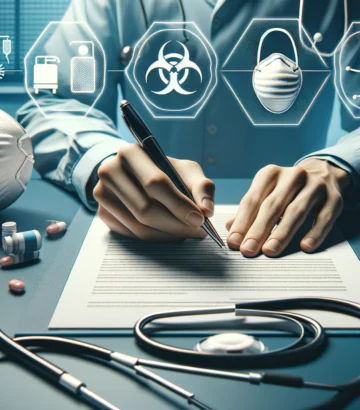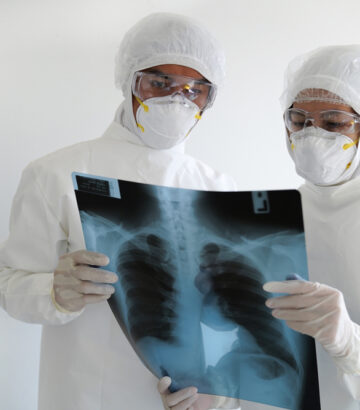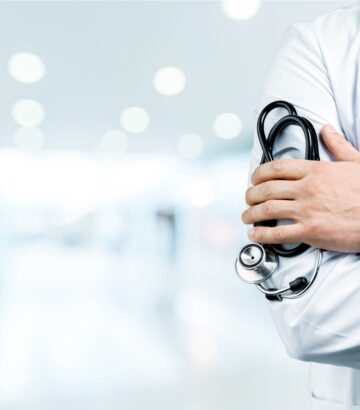Handwashing, Gloves, and Masks: Oh My!
By Naomi Bar-Yam
In 1847, Hungarian obstetrician Ignaz Semmelweis saw that obstetric patients died of childbed fever at a much higher rate than those treated by midwives. Based on observation and research, he suggested to his colleagues that they wash their hands with chlorinated lime solution before examining their new mother patients. His idea was ridiculed and ignored. Patients continued to suffer unnecessary illness and death until Louis Pasteur’s experimental confirmation of germ theory in 1861 was disseminated and accepted in the medical community. Today handwashing is a mainstay of medical protection and of basic hygiene far beyond the medical arena.
When I was a child in the 1960s and 1970s, my dentist and physician conducted exams and dental work with clean hands but no gloves. Since the 1980s, and HIV, that would be unthinkable. Gloves have become part of standard healthcare precautions, and expanded to other areas such as food service.
Four years of COVID-19 pandemic have brought much research, debate, misinformation and confusion about effective prevention and mitigation, largely centered around droplet or airborne transmission, the effectiveness of different kinds of masks and respirators, and what rates of COVID call for which kinds of protection.
The research is unambiguous:
COVID-19 is spread by airborne transmission. Tiny particles float in the air for hours and far further than 6 feet. Anyone who breathes air with COVID-19 can get the disease.
Surgical masks are not designed to protect against airborne particles. Virus particles enter the nose and mouth through the gaps between the mask and the face. Well-fitting N-95 respirator masks create a seal around the nose and mouth preventing pathogens entering or leaving, and are of materials that allow normal breathing as they trap the virus.
As handwashing became an integral part of medical hygiene practices, and as HIV/AIDS rates went down, there was no discussion of tracking rates so that we could dispense with hand washing or gloves where disease transmission was low.
HIV/AIDS is now less common, and there are treatments that help those with the disease live longer, fuller lives; it is still a very serious disease with short and long term effects of the disease and its treatments. Similarly, there are some treatments against COVID-19; but it is still a serious disease. We are also beginning to understand the long term effects of COVID-19 symptoms and organ damage. Prevention is paramount.
It is time for the medical community to make N95 or better respirator masks standard for patients and providers throughout all healthcare settings. Masks must be worn wherever the air might carry airborne viruses.
CDC, Congress, local and state health departments and legislators have a crucial role in disseminating accurate information and mandating universal N95 respirator mask wearing in health care. With persistence, good science and reliable dissemination of information, this will lead to more universal acceptance of respirator masks, just as gloves and handwashing have become common and kept us safe from severe and deadly pathogens and diseases.











